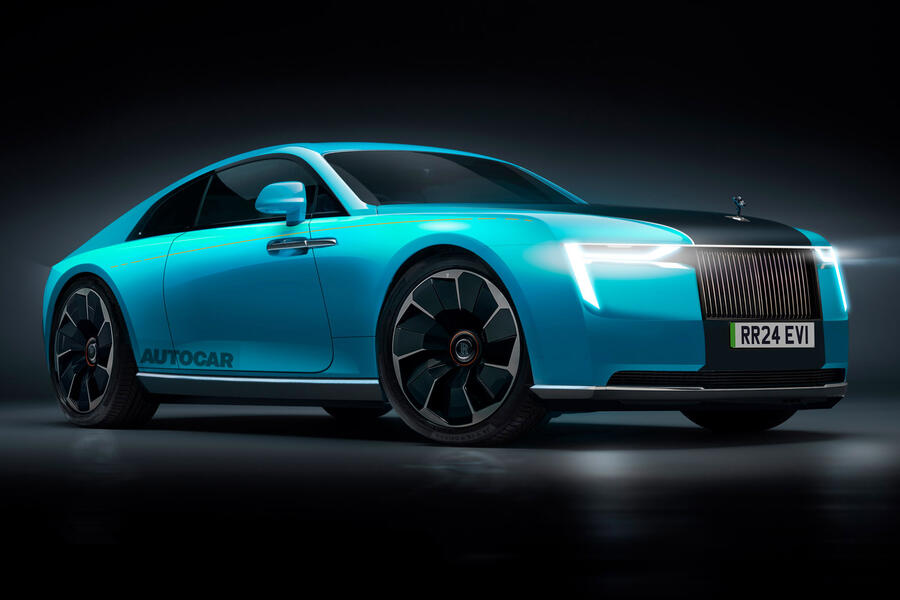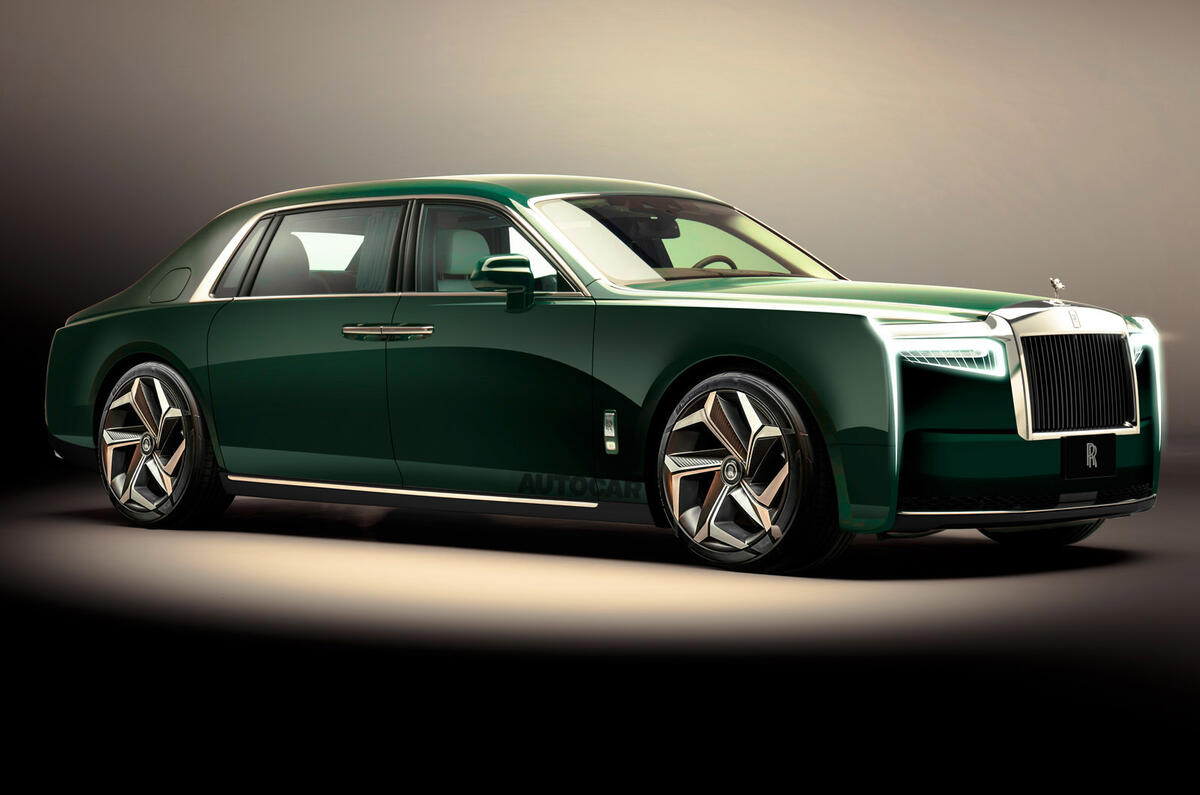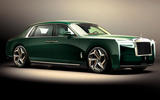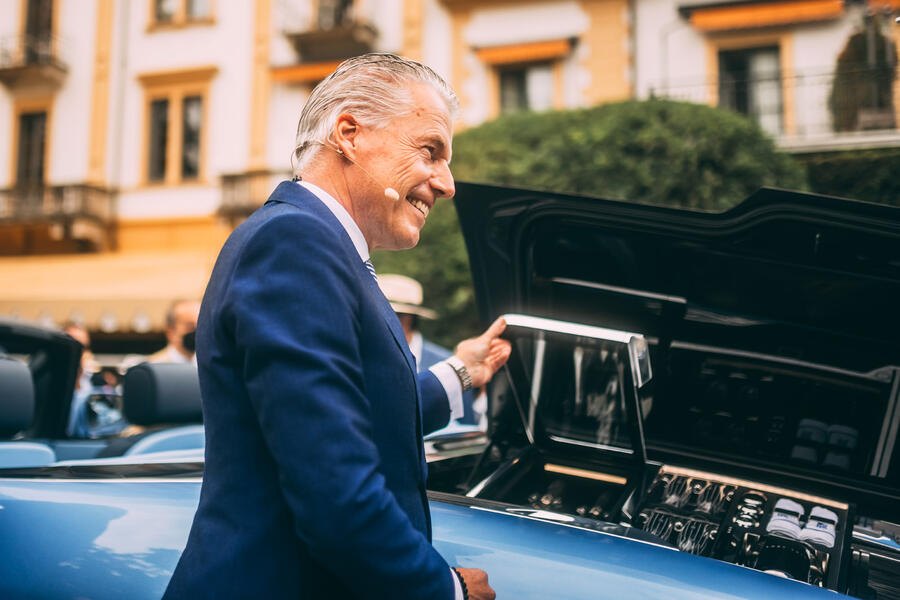Rolls-Royce will follow up its first EV, the Spectre coupé, with all-electric successors to the current Cullinan SUV, Ghost saloon and Phantom limousine.
Speaking to Autocar in the wake of the announcement that Rolls-Royce sold more cars in 2021 than in any previous year in its 117-year history, CEO Torsten Müller-Ötvös said it’s important that each model is replaced by an EV alternative as the firm progresses towards a pure-electric line-up by 2030.
The British firm will refresh its current range in the coming years but won’t launch any more combustion models, making the Mk2 Ghost the final petrol-powered Rolls-Royce to be introduced.
Müller-Ötvös highlighted the UK government’s planned 2030 ban on new ICE car sales as a particular incentive but said: “We aren’t only driven by legal: we’re also driven by our fairly young clientele worldwide, and we’re seeing more and more people asking actively for an electrified Rolls-Royce.”
The age of the average Rolls-Royce buyer has dropped sharply in recent years to just 43, and Müller-Ötvös notes that “quite a lot of our clients already own an electric car, be it a Tesla, a BMW or some other model”, and so have experience when it comes to operating EV chargers and range management.
He wouldn’t be drawn on the technical details of Rolls-Royce’s future EVs beyond confirming that “the entire portfolio will be electrified”. The Spectre’s 150 million-mile testing programme will no doubt inform the development of its future range-mates, accelerating the lead time of each EV based on Goodwood’s Architecture of Luxury.
























Join the debate
Add your comment
I don’t question Rolls Royce’s engineering logic to switch to electric power trains as it is easier to deliver the peerless refinement than with an ICE but with so many of their customers being Middle East Shiekh’s, or members of their extended Royal Families, and third world autocrats you have to wonder how many customers they are going to lose. Displays of conspicuous consumption will increasingly be frowned upon in the wealthy west.
It will be interesting to see what Rolls Royce does to minimise the weight of all these new models. Their current models are not exactly light.
Sounds good - but it is only 6000 electric cars. At the moment governments are taking the easy option of facilitating Electric despite all the known envirnmental issues. They are doing exactly the same things as they did when they facilitated Diesel as an environmentally beneficial solution to emissions despite knowing that particulates are carcinogenic (we knew this at Jaguar in the mid 80s). So...until they change, countries, councils and fuel stations will focus on improving the 'charging' network instead of looking into Hydrogen as the better alternative. The Hindenberg was 85 years ago..hydrogen fueled vehicles have come along way since then...
How far have they come in 85 years? How many were sold in the UK last year? It's a dead duck. Where are all the announcements for new hydrogen cars, compared to BEVs?
You still need electricity to produce hydrogen - it's more efficient to put it straight in cars. Never mind safer and simpler. People cling onto hydrogen because it's still a bit like an ICE, and they can't let go.
The market has spoken and it's chosen battery.